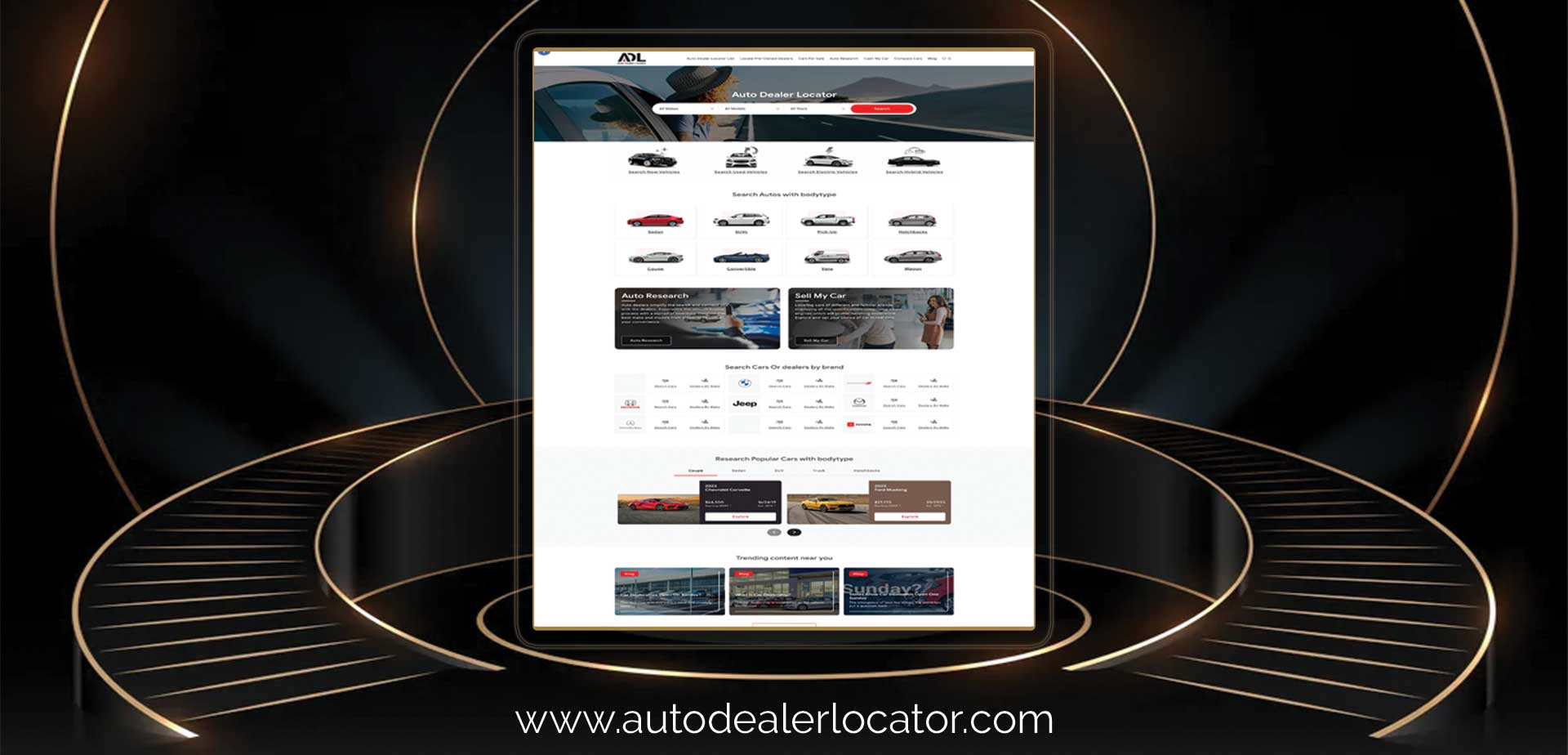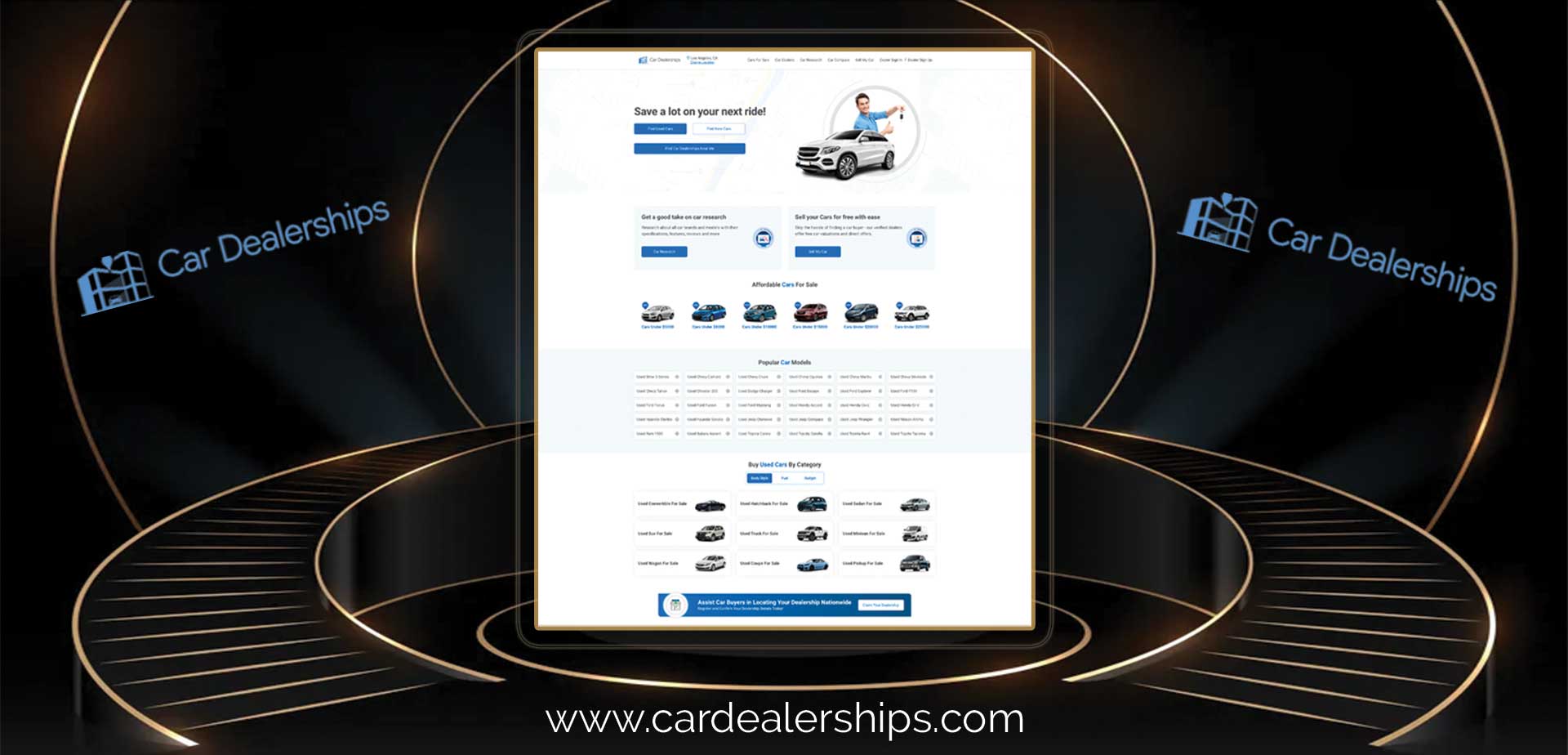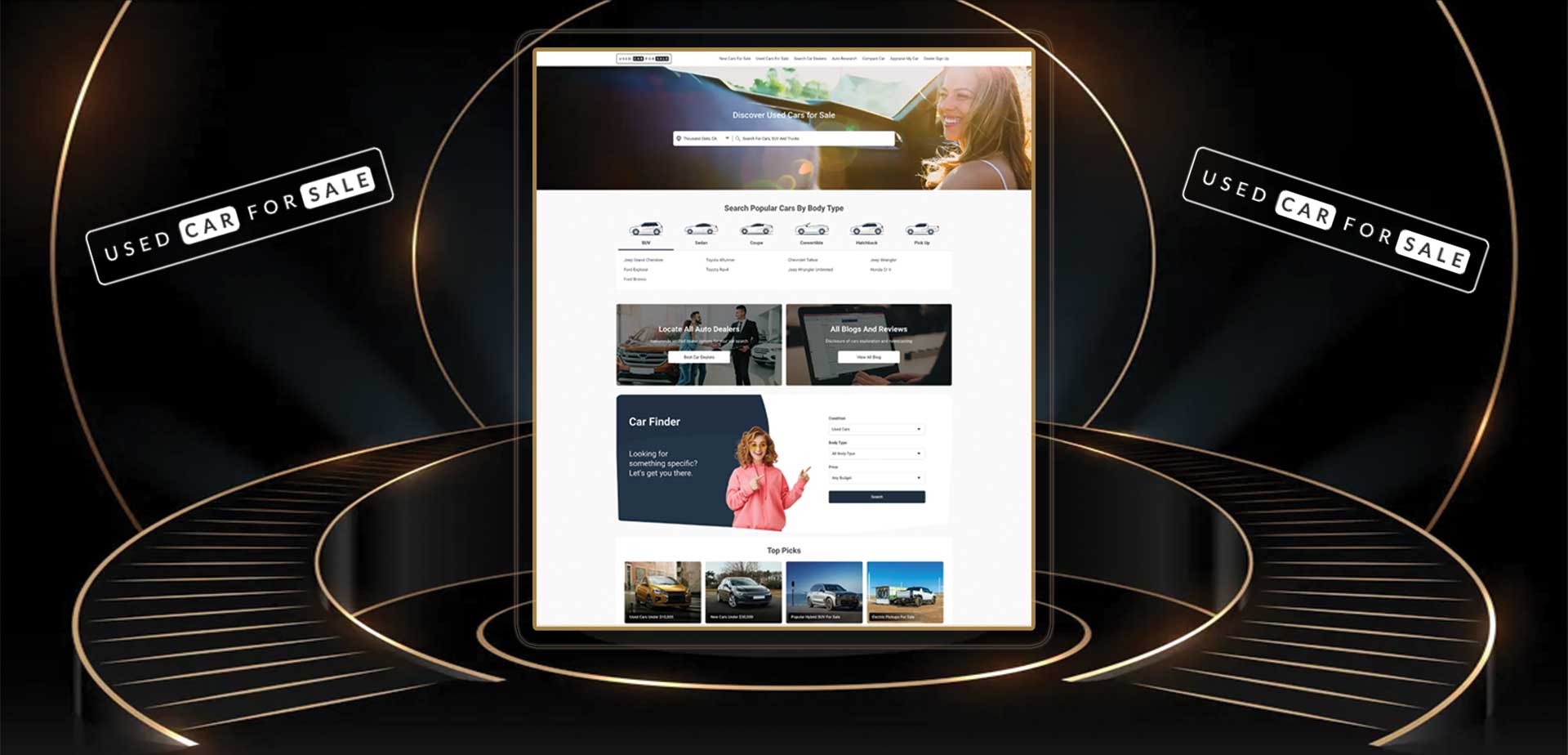Choose the Right Platforms
Determine which social media platforms
are most popular with your target audience. For most dealerships, platforms
like Facebook, Instagram, Twitter, and LinkedIn are valuable. Consider niche
platforms too, like automotive forums or enthusiast groups.
Regular Posting
Maintain a consistent posting schedule to keep your
audience engaged. Share a mix of content types, including images, videos,
blog post links, and industry news. Tools like Hootsuite or Buffer can help
schedule posts in advance.
Engaging Visual Content
Post high-quality images and videos of your
inventory, including virtual tours of vehicles, customer testimonials, and
behind-the-scenes looks at your dealership. Visual content tends to have
higher engagement rates on social media.
Interactive Posts
Encourage interaction by posting polls, quizzes, and
questions. For example, ask followers to vote on their favorite car
model or color, or to share their first car experiences.
Promote Special Offers and Events
Use social media to promote
sales events, special offers, and dealership events. This can help drive
traffic to your website and foot traffic to your dealership.
Link Back to Your Website
Whenever relevant, include links in
your social media posts to direct traffic back to your website. This
could be links to blog posts, inventory listings, contact pages, or
special promotions.
Utilize Hashtags
Use relevant hashtags to increase the
visibility of your posts. Include popular automotive hashtags, local
hashtags, and custom hashtags specific to your dealership.
Customer Engagement
Actively engage with your audience by
responding to comments, messages, and reviews. This helps build a
community around your brand and improves customer relations.
User-Generated Content
Encourage your customers to share their
experiences or photos with their new vehicles and tag your dealership.
Share or repost this user-generated content on your own profiles to
build authenticity and trust.
Social Media Advertising
Consider using paid social media
advertising to reach a broader audience. Targeted ads on platforms like
Facebook and Instagram can be highly effective in reaching potential
customers based on demographics, interests, and behavior.
Monitor and Analyze Performance
Use social media analytics
tools to track the performance of your posts and campaigns. Analyze
metrics like engagement rates, click-through rates, and conversion rates
to understand what content resonates with your audience.
Stay Updated with Trends
Keep up with the latest social media
trends and features, like Instagram Stories, Facebook Live, or Twitter
Spaces, and incorporate them into your strategy.
Collaborate with Influencers
Partner with local influencers or
automotive influencers to expand your reach. They can create content
around your dealership or specific vehicles and share it with their
followers.
Integrate with Other Marketing Efforts
Ensure your social media
efforts are integrated with your overall marketing strategy. This
includes aligning messages across your website, email marketing, and
offline campaigns.
I want custom research pages!



